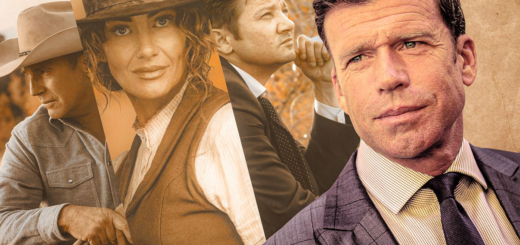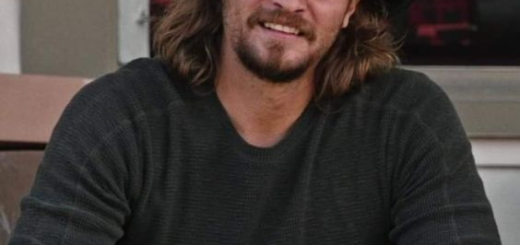“Yellowstone” Through the Eyes of Real Cowboys: Fact vs Fiction

“Yellowstone” has rapidly ascended as a cornerstone in the neo-Western drama genre, capturing the tumultuous lives of the Dutton family. Their sprawling cattle empire, a titan in the picturesque landscapes of Montana, finds itself at the heart of power struggles and land grabs, making the Duttons central figures in a relentless battle for survival. The series masterfully intertwines the high stakes of power dynamics with the everyday challenges of ranch life, crafting a narrative that has mesmerized audiences. Yet, the burning question remains: does “Yellowstone” faithfully mirror the reality of contemporary cowboy life?
Taylor Sheridan, one of the masterminds behind “Yellowstone,” brings a unique perspective to the table, weaving his rancher heritage with his flair for dramatic storytelling. This blend has sparked discussions among those in the ranching world. Mark Lundy, a seasoned rancher from Montana’s Little Horn Ranch, appreciates the show’s entertainment value but chuckles at its departure from authenticity, notably the absence of ropes—a cowboy’s indispensable tool—in the depiction of daily ranch operations.

Conversely, Idaho’s Jessie Jarvis finds a thread of truth in the tapestry of “Yellowstone’s” narrative. From the volatile dynamics within a ranching family to the deep-seated respect for the land, and even the wardrobe choices, Jarvis sees reflections of reality. However, she notes that the dramatized excess of vulgarity and violence strays from the norm of rancher conduct.
Despite the critique, many from the ranching community acknowledge the show’s merits. Gary Shelton, penning his thoughts in Distinctly Montana, suggests that while the scale of the Yellowstone ranch might be a stretch for its Montana setting, the series excels in capturing the essence of ranch life.

Trinity Vandenacre, a cowboy with roots in Montana, adds his voice to the chorus on his YouTube channel. He lauds the series for its accurate portrayal of predator management, albeit with reservations about certain portrayals, such as the Dutton ranch hands’ penchant for revelry. Vandenacre particularly scrutinizes a storyline in Season 5, Episode 7, where a herd potentially afflicted with brucellosis is slated for relocation to Texas. He argues that in reality, such a scenario would be handled with immediate testing and treatment, not by moving the herd and risking further spread of the disease.
“Yellowstone,” through its blend of fiction and fragments of ranching truth, has sparked a dialogue on the representation of cowboy culture in contemporary media. While it dances on the line between Hollywood’s dramatization and the gritty reality of ranch life, it undoubtedly leaves an indelible mark on its audience, inviting both admiration and critique from those it seeks to portray.


